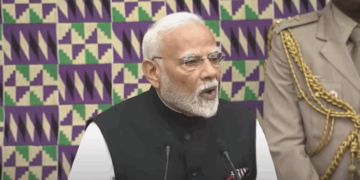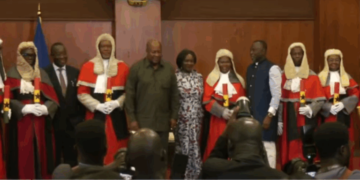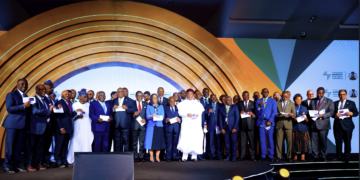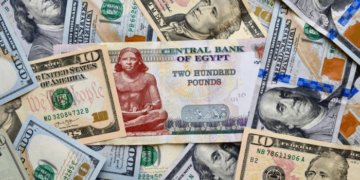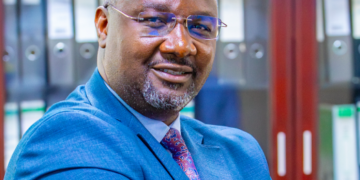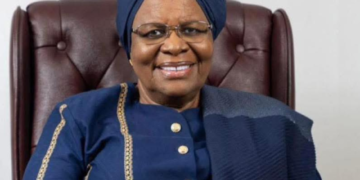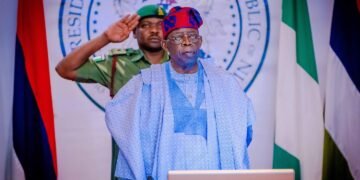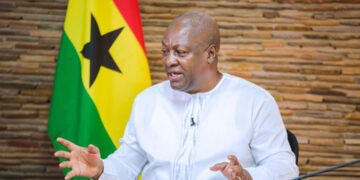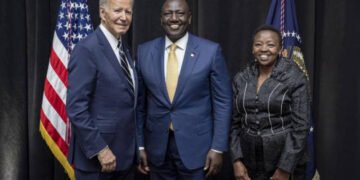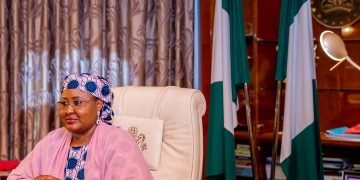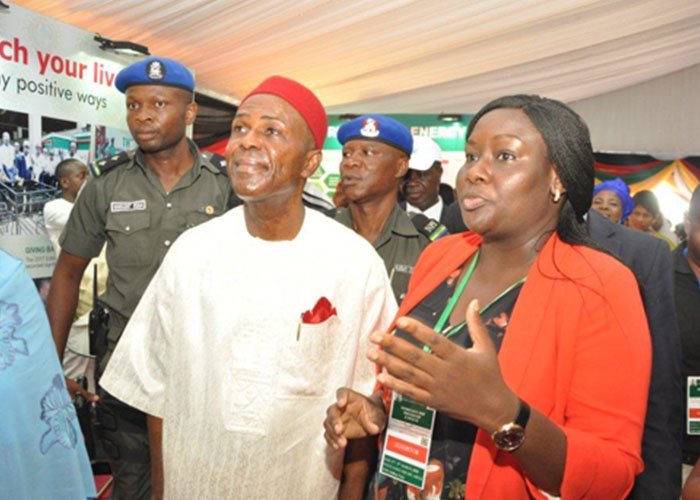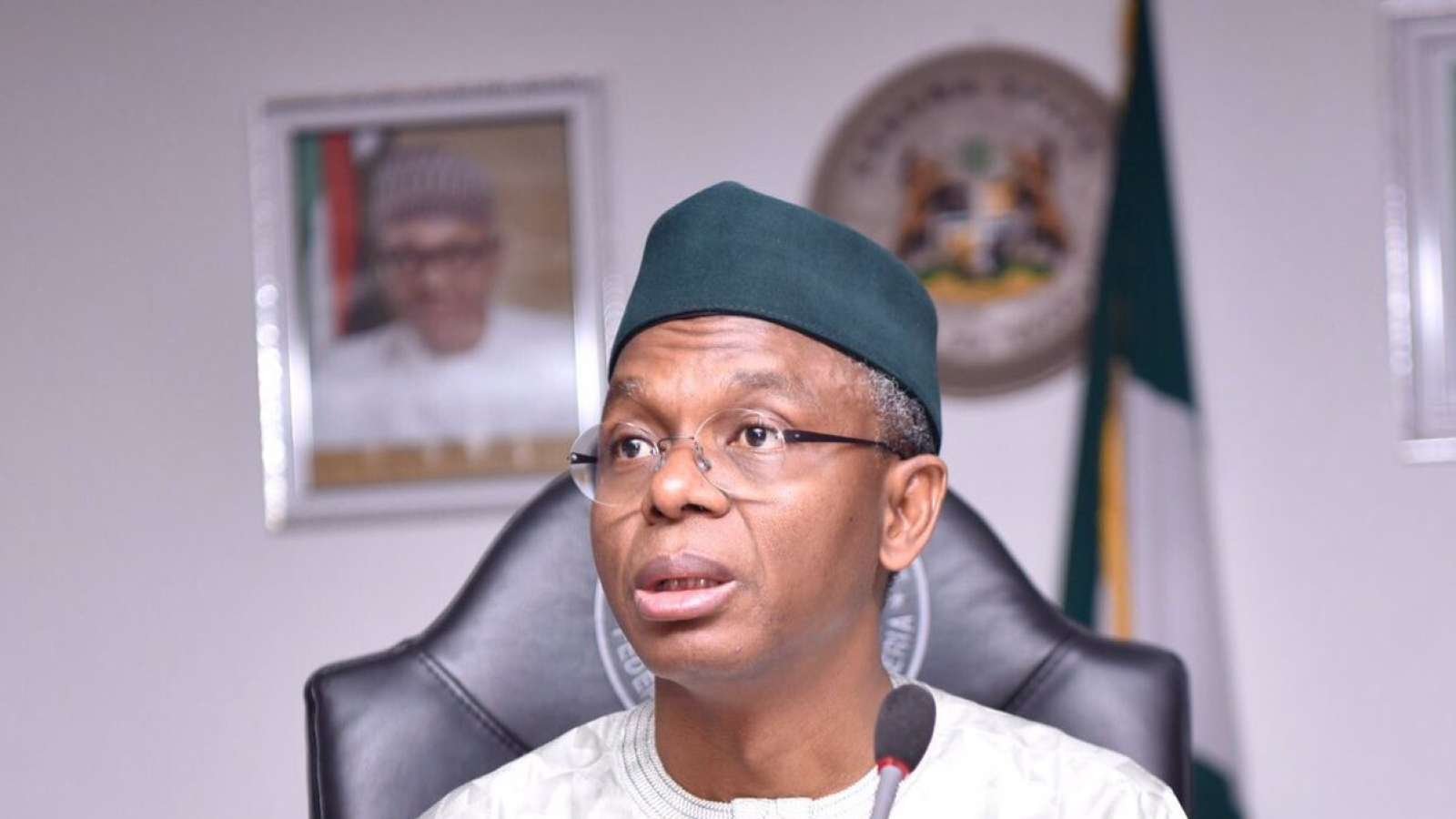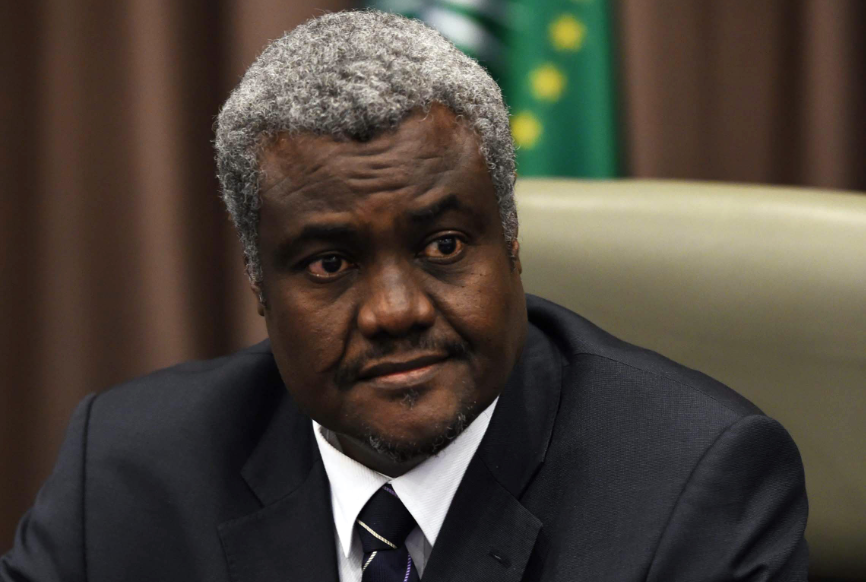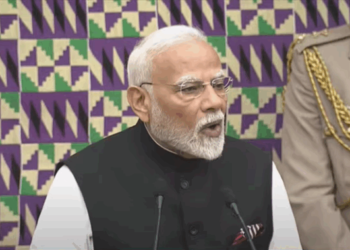GDP per capita, a crucial indicator of a nation’s wealth, measures the value of goods and services produced per resident. The rankings, which include smaller but economically vibrant nations such as Mauritius and Libya, rely on purchasing power parity (PPP). This method adjusts for inflation and cost variations, ensuring a standardized comparison of living conditions across different economies.
Equatorial Guinea has emerged as the richest country in Africa by GDP per capita (Purchasing Power Parity) in 2025, according to data from the International Monetary Fund (IMF). This milestone highlights the nation’s economic standing in a rapidly evolving continental landscape.
Oil and gas remain the primary drivers of Equatorial Guinea’s economy, shaping its financial performance and development trajectory. However, the push for diversification is gaining momentum as the government focuses on infrastructure, financial services, and technology investments to secure long-term economic stability.
The latest data offers valuable insights into Africa’s financial and industrial progress, reflecting how various policies shape economic trends.
1) Seychelles ($43,070)
A leader in tourism and financial services, Seychelles’ economy thrives on sustainable policies and diversification efforts, ensuring long-term growth and resilience.
2) Mauritius ($33,954)
A prominent financial hub, Mauritius benefits from a strong business climate driven by financial services, tourism, and manufacturing, attracting global investors.
3) Gabon ($24,682)
Rich in oil resources, Gabon has initiated economic diversification projects in mining, agriculture, and infrastructure to reduce its dependency on hydrocarbons.
4) Egypt ($21,608)
Egypt’s economy is bolstered by tourism, agriculture, remittances, and manufacturing. The country continues to prioritize infrastructure development and foreign investments.
ALSO READ: SOUTH AFRICA ENDORSES SWAZI TSHABALALA FOR AFDB PRESIDENCY
5) Botswana ($20,311)
Recognized for its stable growth, Botswana has successfully managed its diamond resources while expanding tourism and agriculture to ensure economic resilience.
6) Equatorial Guinea ($20,477)
Despite its heavy reliance on oil, Equatorial Guinea is making strides in economic diversification by enhancing infrastructure and investing in agriculture and services.
7)Algeria ($18,342)
With an economy largely dependent on oil and gas, Algeria is implementing reforms to develop sectors like renewable energy and manufacturing.
8) Libya ($17,597)
Although Libya remains reliant on oil exports, efforts to rebuild infrastructure and diversify the economy are underway despite political challenges.
9)South Africa ($16,008)
A diverse economic powerhouse, South Africa’s financial services, mining, and manufacturing sectors drive growth, although unemployment and energy constraints persist.
10) Tunisia ($14,717)
Supported by tourism, agriculture, and manufacturing, Tunisia’s economy benefits from ongoing government reforms aimed at improving business conditions and attracting foreign investment.


